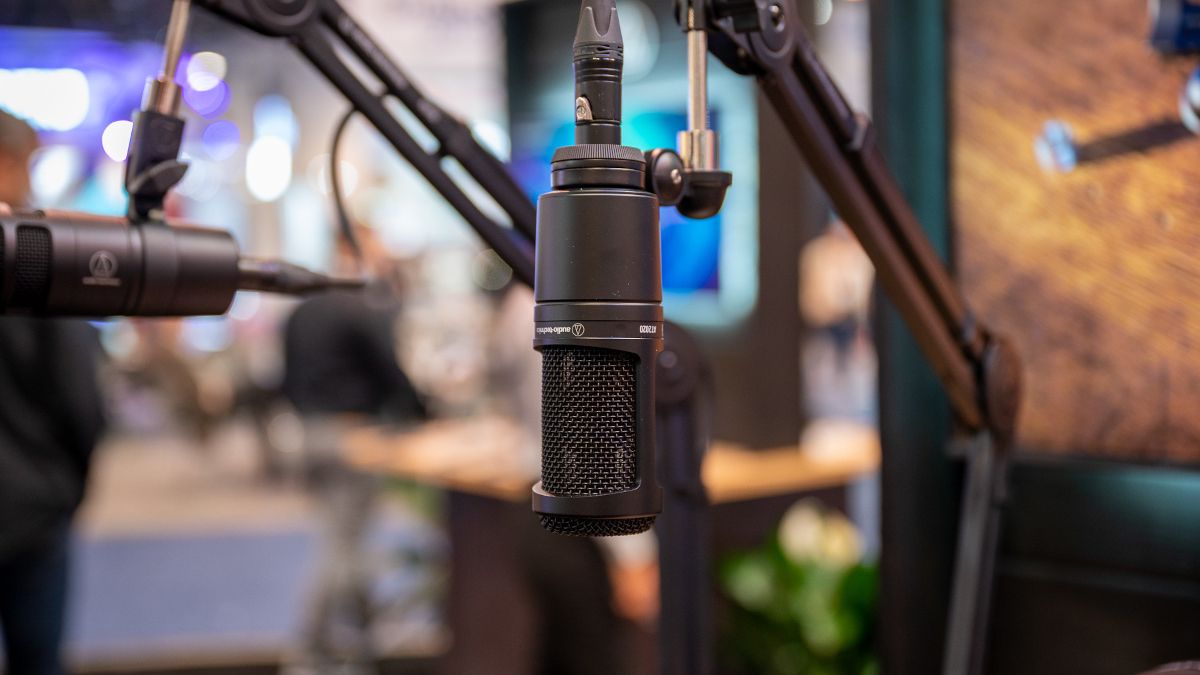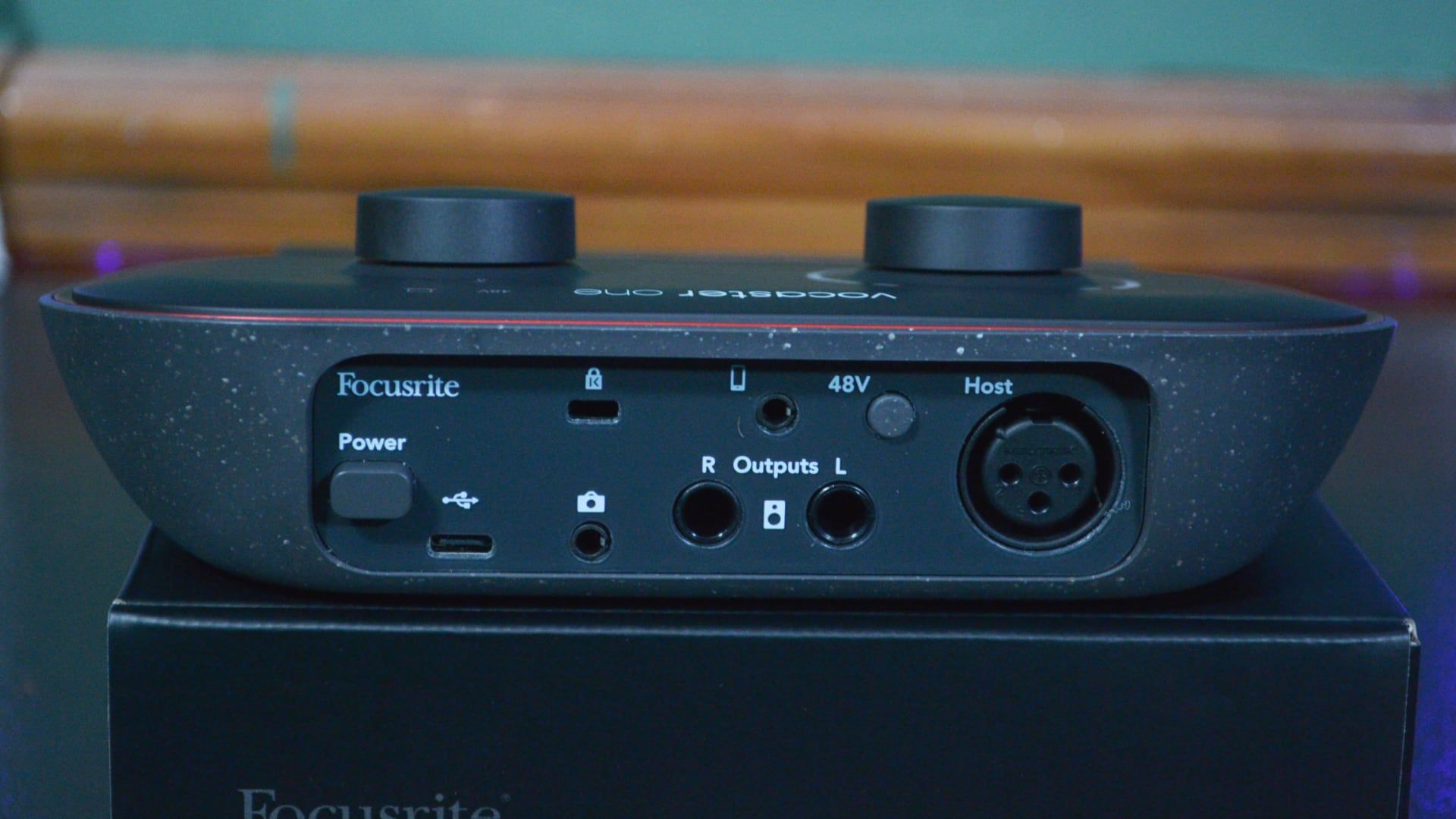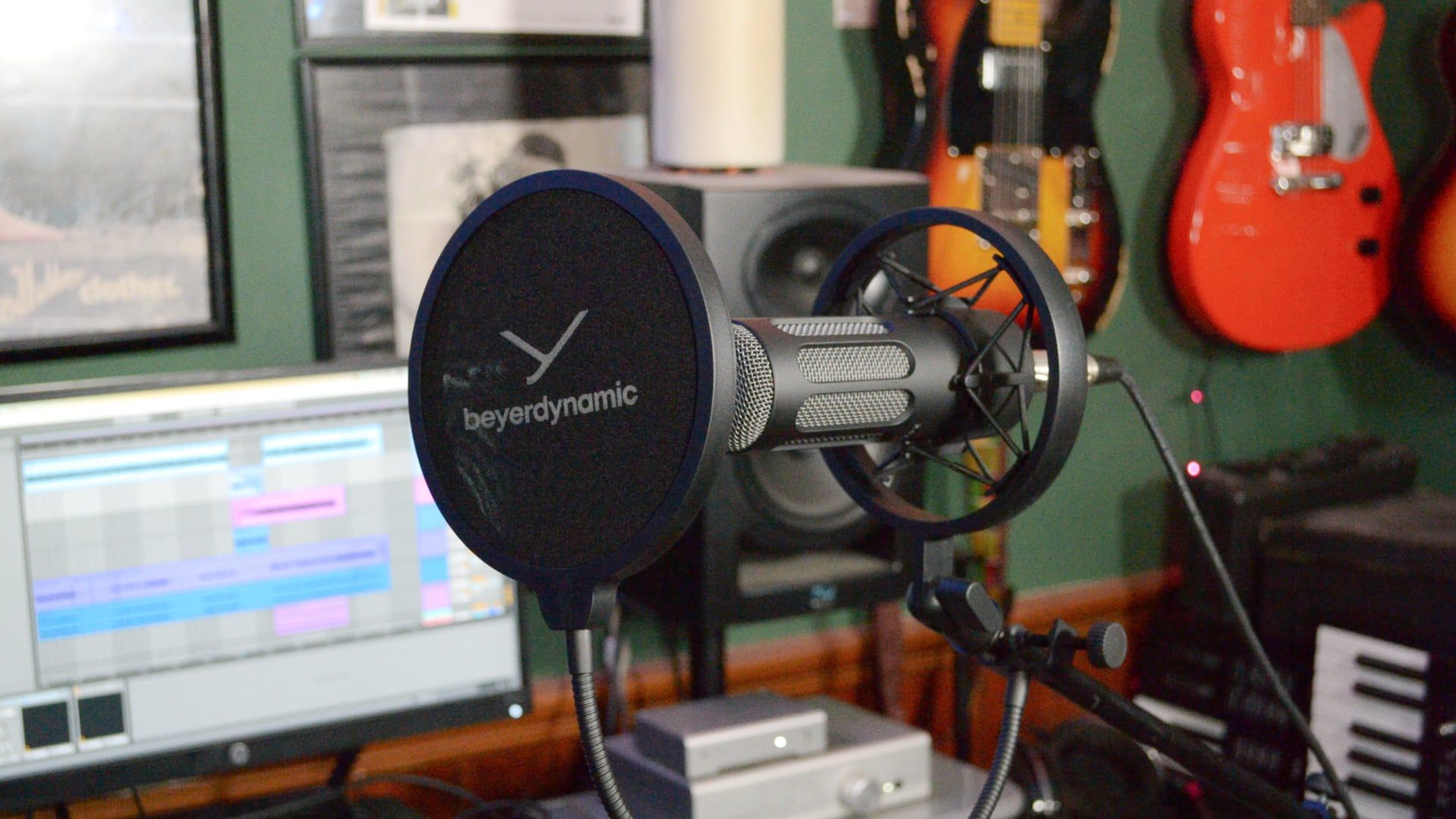Quick Links
Key Takeaways
Phantom power is a way of carrying electric current to power microphones without using a separate power supply. It's typically used to power condenser microphones and the 48V DC power itself is supplied by most mixers, audio interfaces, and preamps.
If you're shopping for a microphone or audio interface, you've probably seen the term phantom power. But what exactly is phantom power, where does it come from, and do you need it to power your microphone?
What Is Phantom Power?
Phantom power is a method of providing power to a microphone without an external power supply or battery. While some microphones don't require phantom power, other, more sensitive microphones do.
Phantom power works by carrying DC electric current over an XLR cable that plugs into your microphone. This way, a single cable carries power to the microphone as well as the audio signal from it.
The official standard for phantom power specifies that it can carry anywhere from 11 to 52 volts of DC power. Studio microphones most often run at 48 volts, so you'll see phantom power referred to as +48v.
The power needs to come from somewhere, and in most cases it comes from a mixer or audio interface. While most audio interfaces feature phantom power, not all of them do. You can tell by looking for buttons labeled +48v or similar, usually near the gain controls.
Phantom power isn't the only way to provide power to a microphone. Lavaliere mics, for example, typically rely on internal batteries for power. Larger vacuum tube microphones also require more power, so they use their own bespoke power supplies.
Do Condenser Mics Need Phantom Power?
Every condenser microphone requires power, due to the way this type of microphone operates. In the majority of cases, this is phantom power. There are only two cases where condenser microphones use other power sources, which we'll look at in a moment.
Condenser microphones are very sensitive, with a conductive diaphragm next to a solid metal plate. As the diaphragm vibrates, the distance between it and the metal plate creates changes in capacitance.
This signal requires a built-in preamp to lower the impedance and amplify it. This is why condenser microphones require power, and, in most cases, this is phantom power.
The first of the two exceptions is tube condenser mics, which, as mentioned above, use their own power supplies, so they don't require phantom power. The other exception is USB microphones, which get their power from the USB connection.
Do Dynamic Mics Need Phantom Power?
Dynamic microphones don't require phantom power because they work differently from condenser microphones.
A dynamic mic essentially works like a speaker in reverse. Instead of sending a sound through a speaker, which vibrates and makes noise, dynamic microphones vibrate from noise in the air. This signal then travels through a circuit in the mic and to your XLR cables.
These signals are high enough in volume that the signal can go directly to your mixer, preamp, or audio interface. The only issue is that some dynamic microphones, like the Shure SM7B, have very low output.
For these mics, you can use an inline preamp to boost the signal. These inline preamps sometimes use phantom power instead of an external power supply. In this case, it's the preamp that is using phantom power, not the microphone.
Can Phantom Power Cause Damage?
While it's possible to damage microphones with phantom power, it's not common or likely.
One type of mic more prone to damage from phantom power than others are ribbon microphones. There are two types: active ribbon microphones, which actually require phantom power, and passive ribbon microphones.
Passive ribbon microphones used to be more prone to damage from phantom power running to them. These days, these microphones have circuitry built in to avoid this type of damage. The only way you'll likely damage a ribbon microphone with phantom power these days is from an XLR cable with faulty wiring.
The only other way to damage a ribbon microphone is a mistake you should avoid with any type of microphone when using phantom power, and that's forgetting to ensure it's off before plugging or unplugging cables. Never plug in a microphone with phantom power enabled. Switch it off, make the connection, then switch it on.
Follow the above, and you shouldn't ever have to worry about damaging anything with phantom power.



